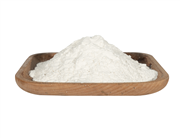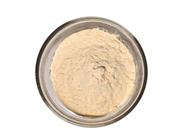product description
2-imidazolidinone (EthyleneureaCAS: 120-93-4) is a white needle-like crystal with a melting point of 129-132° and a flash point of 265°C. It is soluble in water.
use
2-imidazolidinone is mainly used in fabric anti-wrinkle finishing agent and deformaldehyde agent, as crosslinking agent in rubber, resin, PA6, etc.; as deformaldehyde in polyEVA, various water-based coatings, adhesives, pigments, paints, etc. It is added separately to the paint to make the paint have the function of absorbing and decomposing formaldehyde; it has the function of wetting, preventing blocking and dispersing in inkjet printing ink; it is a chelating agent and formaldehyde absorbent in photosensitive materials; as a formaldehyde removal treatment agent in the paper industry. It is also the main component of various air fresheners and aldehyde removers, and an important intermediate for artificial penicillin.
1 Textile industry
Cotton products are composed of long-chain cellulose, in which a large number of hydroxyl groups form steric hydrogen bonds. These hydrogen bonds will be destroyed under the action of heat or external force and then recombine randomly, which forms fabric folds. Ethylene urea and formaldehyde can react with exposed hydroxyl groups to form a stable structure when the fabric is treated together with formaldehyde to prevent wrinkles. This method can control the pungent odor caused by the anti-wrinkle treatment of formaldehyde alone, while effectively inhibiting the release of formaldehyde.
In addition, urea-formaldehyde resin is a commonly used fabric finishing agent. The urea-formaldehyde resin remaining on the fabric will slowly release formaldehyde, and the ethylene urea treatment can effectively inhibit the release of formaldehyde. Studies have shown that ethylene urea anti-wrinkle treatments for flax, silk and rayon have also achieved good results.
2 Inkjet printing ink
Ethylene urea is an important additive in inkjet printing inks and plays a variety of roles. Including dispersing pigments, lubricating pipelines, preventing inkjet heads from drying in the air, preventing nozzle clogging, and improving ink storage stability. It can also improve color contrast and get high-quality printing results.
3 Adhesive
Various types of wood-based panels, such as plywood, particleboard, fiberboard and composite wood-based panels, generally use urea-formaldehyde resin, phenolic resin or melamine resin as adhesives. Only China has an annual output of 80 million cubic meters. These adhesives are made by polycondensation of urea, phenol and melamine with formaldehyde, and they all have the problem of slowly releasing gaseous formaldehyde into the environment. Ethylene urea can be added to these adhesives to effectively reduce the release of formaldehyde without affecting the bonding effect.
4 Household chemicals
It is the main component of household formaldehyde scavengers, and can be used as high-performance formaldehyde scavengers, home air formaldehyde powerful enzymes, long-lasting formaldehyde dissolving agents, glue de-aldehyde agents, photocatalysts, floor deodorizing care waxes, furniture deodorants, Deodorant for cars, etc.
5 Organic Synthesis
It can be used as a variety of new antibiotic intermediates, such as mezlocillin and azlocillin, as well as intermediates for anti-schistosomiasis drugs, and as the basic raw material for the third generation of penicillin; in the biological field, it can produce plant growth Regulators, fungicides, inhibitors, herbicides, etc., such as: N-chloroformyl-2-imidazolidinone, 1-chloroformyl-3-acetyl-2-imidazolidinone, 1-chloroformyl -3-Methanesulfonyl-2-imidazolidinone, N-hydroxyethyl-2-imidazolidinone, 1-methanesulfonyl-2-imidazolidinone, 1,3-dimethyl-2-imidazolidinone , 1-Acetyl-2-imidazolidinone, etc.
Store
Keep away from fire and heat sources. Sealed and stored in a cool, dry environment, protected from moisture. Avoid coexistence with oxides.
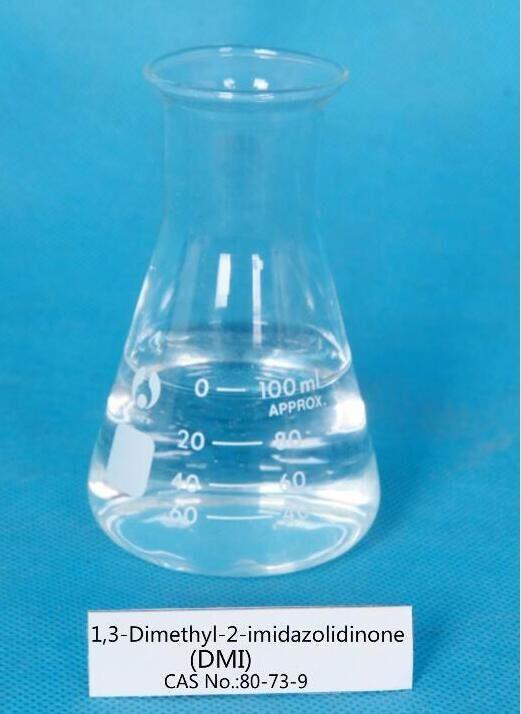
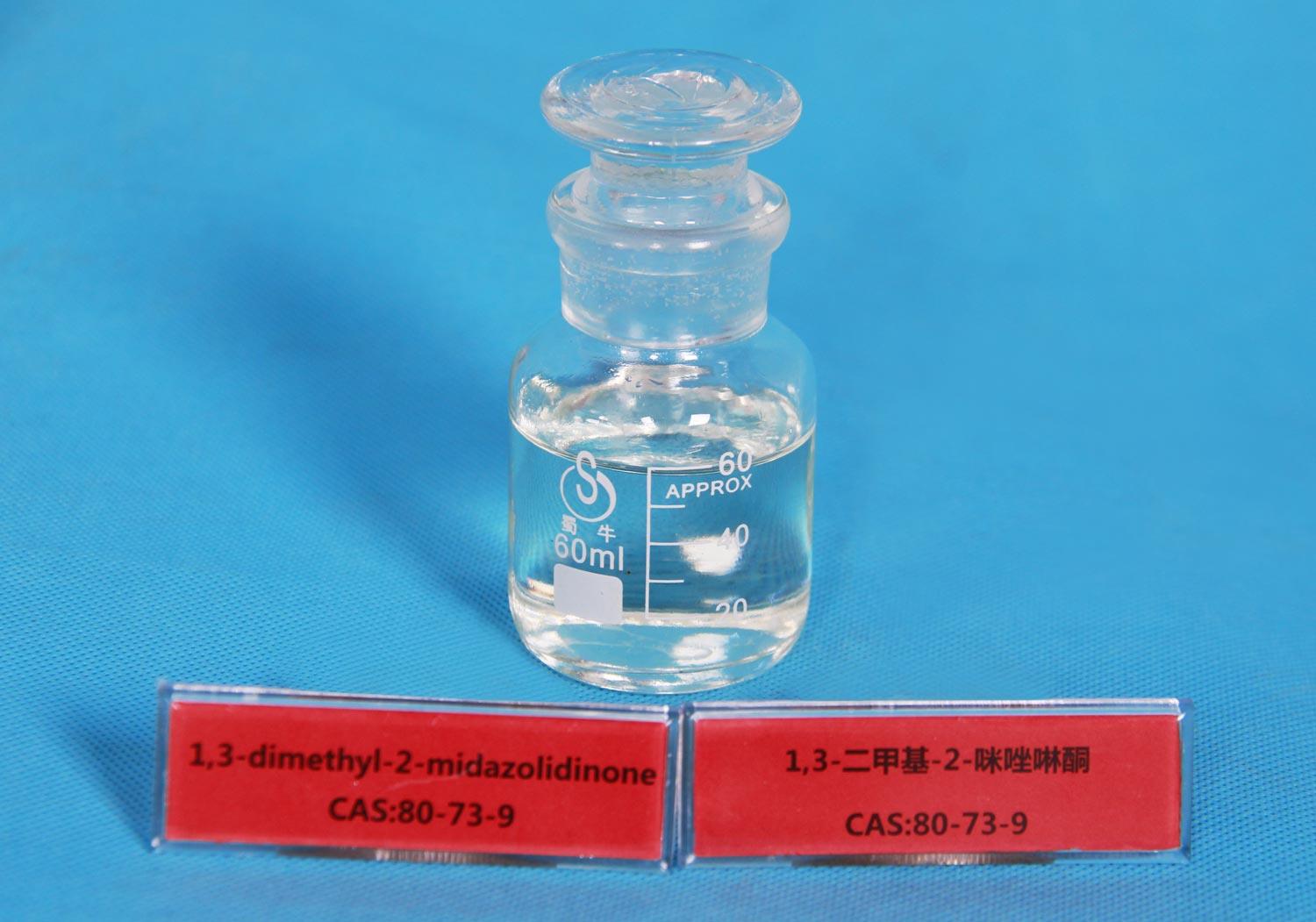
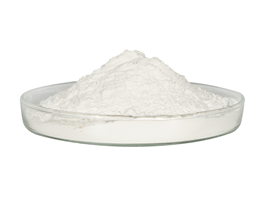

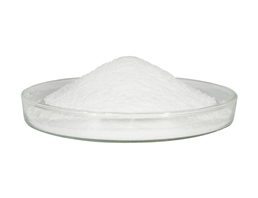
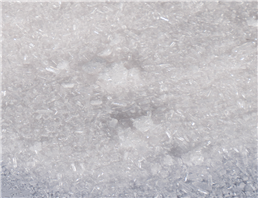
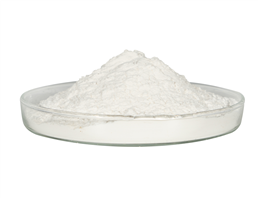

 China
China

